We Have 7 Favorite Dodge Chargers of All Time
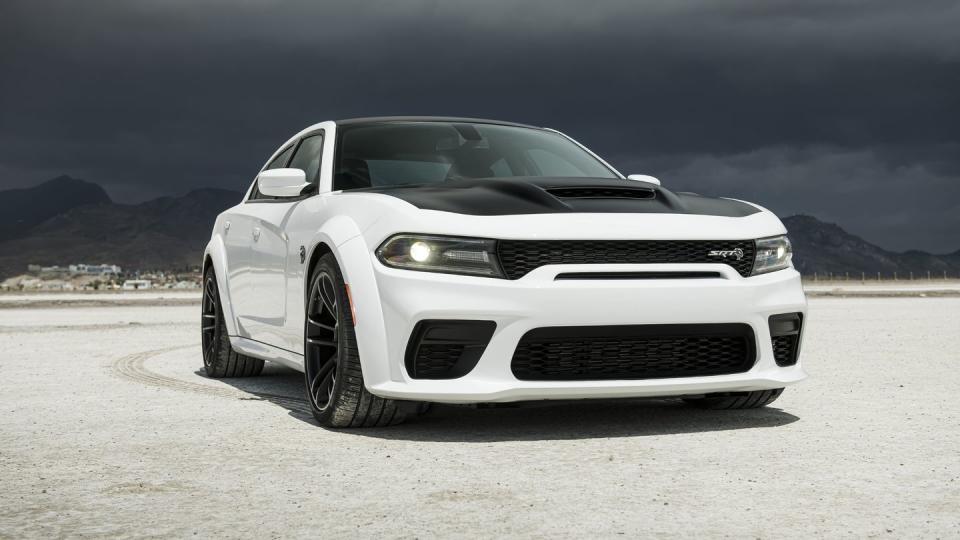
It's true. The eight-generation Dodge Charger, officially revealed two days ago, is electric. Well, at least two of the trim levels are powered by a 100.5-kWh nickel cobalt aluminum battery pack, pushing out anywhere from 456 hp to 670 hp. For those still reeling at the idea of an electric Mopar muscle car, we hope you can take solace in knowing that even the lowly R/T EV will run the quarter mile in 13.1 seconds, with the electric Scat Pack posting an even quicker 11.5-second run.
Yes, a gasoline-powered Charger is coming later on, featuring Stellanis' turbocharged Hurricane inline-six, but the more shocking mechanical shift underneath the new Charger is standard all-wheel drive. Whether you choose gas or electric, all four wheels will be powered, but we all know it wasn't always like this. It wasn't that long ago when the Dodge Charger was a V8-powered, rear-drive monster like the nameplates before it.
Evolution is only natural and we're excited to watch a generation of muscle cars shift and endure, but we also want to commemorate those that came before and what better time to do it than on the heels of a new model reveal. The Charger nameplate has survived for nearly 60 years, making a fundamental mark on the automotive industry as a whole. In the same vein, here are our seven favorite Dodge Chargers of all time.
1966 Dodge Charger
In making appeals to America's burgeoning youth market, the B-body-platformed 1966 Dodge Charger is what set it all off. Using the skeleton of a Dodge Coronet, designer Carl “Cam” Cameron revolutionized the era with a sloping roof that extended all the way to the rear bumper.
Available underneath the hood of this seminal piece of automotive history was the legendary 426 Street Hemi, though the entire lineup was fitted with V8s. Oh, to be a new car buyer in the 1960s—never mind airbags and ABS! True to the era, the 426-cubic-inch Hemi V8 was factory-rated at 425 hp.
Sure, the ever-popular Challenger sibling came along a few years later in 1970, but the Charger was here first. That's got to be worth something.
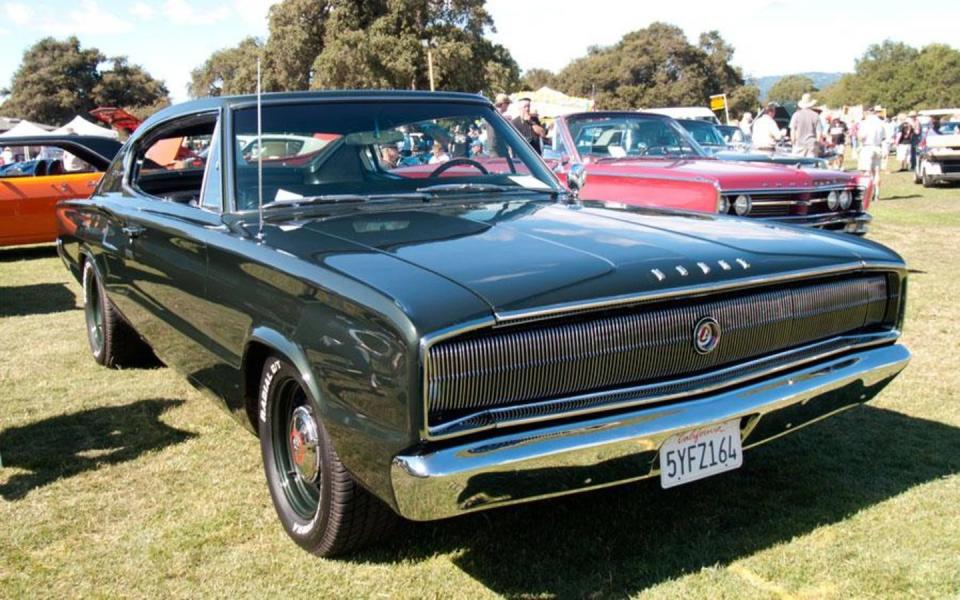
1969 Dodge Charger
Perhaps it depends on the eye of the beholder, but we'd argue that the 1969 Dodge Charger could be the most famous version of the nameplate. Still based on the B-body platform, demand for these muscle coupes was high and, I mean, look at it!
The Charger was made more accessible and efficient in its second generation, adding a 3.7-liter slant-six-cylinder in 1968. Even so, transparent excitement was still a primary focus in building the model, as exampled by the massive wing found on Daytona trim versions.
Notably, the second-generation Dodge Charger also found success in motorsports. According to the NASCAR Hall of Fame, Buddy Baker managed a lap of 200.447 mph in his aerodynamically focused 1969 Dodge Charger, internally known at Chrysler as serial No. DC-93. The 1970 NASCAR season was similarly fruitful for Dodge, with Bobby Isaac winning the Cup Series championship behind the wheel of a 1970 Dodge Charger.
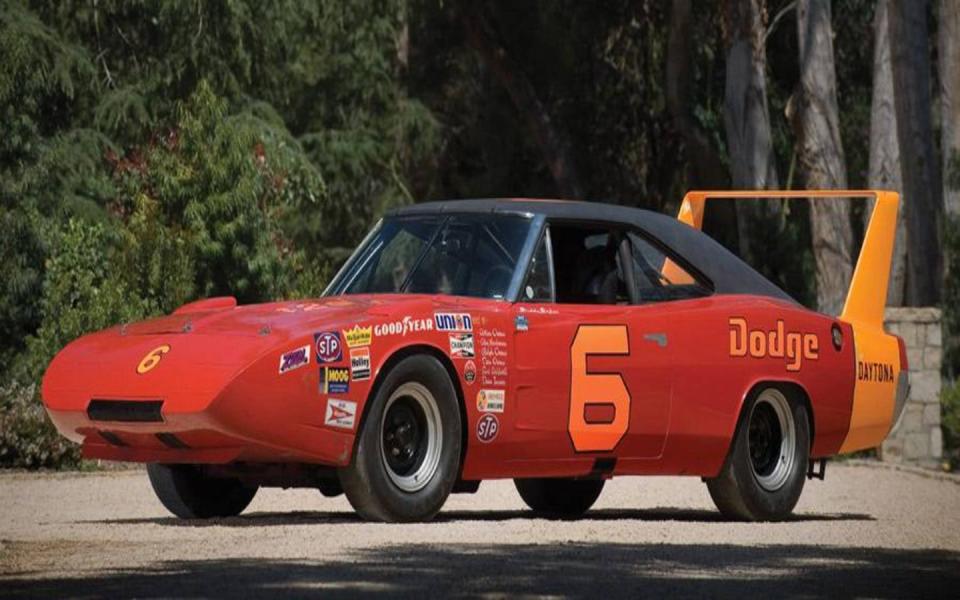
1971 Dodge Charger
The B-body platform was enduring as the third generation of the Dodge Charger continued on the still relatively fresh platform. Now with the Challenger in the mix and in an era of social progress, Dodge was tasked with modernizing the platform to meet tighter emissions and safety regulations.
Even so, Dodge continued to put out an honest-to-god muscle car, featuring the classic 426 Hemi V8 in 1971 only. Similarly, 1971 marked the end of the 7.2-liter Six-Pack V8, though Dodge has harkened back to this moniker in the 21st century.
Despite ushering in an era without the Hemi, the remaining years of third-generation Chargers were still successful. In fact, over 100,000 units were sold in 1973, in spite of that year's lackluster engine offerings. Cool is cool.
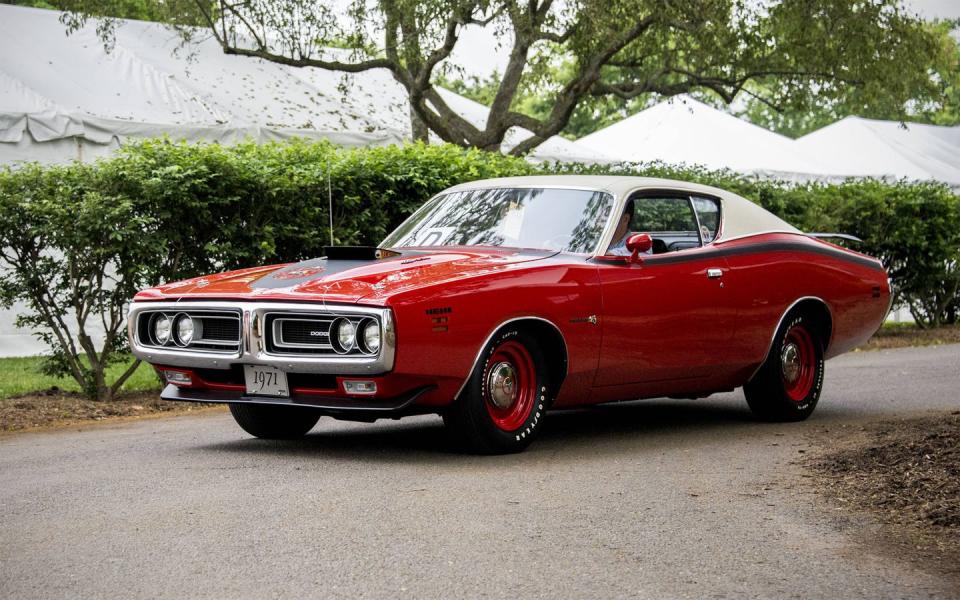
1987 Dodge Shelby Charger GLH-S
If the shape in front of you looks like a mix between a Foxbody Mustang and a European-spec hot hatch from the 1990s, your automotive design influences are sharper than ever. Even so, the 1987 Dodge Shelby Charger GLH-S is historic in its own right, perhaps for all the wrong reasons.
Built on the L-Platform, the mouthful of a name that is Dodge Shelby Charger represented the first resurgence of the Charger nameplate since 1978. In an era famous for emissions restrictions and poor quality, the Dodge Shelby Charger was no stranger to the woes of the late 20th century.
If you're curious about the Shelby name thrown in there, Dodge decided to bring on Carroll Shelby to help pump up the performance of the FWD hatch. In its final production year of 1987, the Dodge Shelby Charger GLH-S received a fuel-injected turbocharged 2.2-liter engine making 175 hp and 175 lb-ft of torque, fed through a Chrysler A-525 five-speed manual transmission.

2006-2011 Dodge Charger SRT8
It was touch-and-go there for the Charger nameplate in the early aughts. After its bout with FWD hardware ended in 1987, the Charger was missing from the Dodge lineup for nearly two decades. But the folks in Detroit weren't going to let sleeping dogs lie, at least not ones with such a pedigree.
After teasing muscle fans with a smoothed-off Charger concept in 1999, the finished product was unique in its own right. Built on Chrysler's LX sedan platform, the return of the Charger was met with great fanfare, in large part because of its available 5.7-liter and 6.1-liter Hemi V8s.
"On the smooth roads leading up to Laguna, we found the ride and handling to be fine, the heavily bolstered seats to be firm and comfortable, and the loud exhaust note a real joy to listen to," Roger Hart wrote for us back in 2006. "At cruising speed, the exhaust note goes away to a steady purr. Get back on the throttle, and all the meanness returns."

2015 Dodge Charger SRT Hellcat
There is perhaps no modern name as synonymous with hooliganism as the Dodge Charger SRT Hellcat. Supercharger whine, a 6.2-liter V8, and nondescript looks made the Hellcat lineup a favorite of drag racers, donut-enjoyers, and practical car enthusiasts alike. After all, it does have four doors!
Packing 707 hp and 650 lb-ft of torque, it became abundantly clear to customers and journalists alike that the Hellcat lineup demanded respect, but it also signaled Dodge's commitment to going the mile for enthusiasts, too.
"From the delightful supercharger whine to the feeling of thrust when you get even a little bit into the throttle, Hellcat driving is a thrilling multisensory experience," our own Graham Kozak wrote in 2015. "Sometimes you forget to take your foot off the brake pedal before you step on the gas and the tires turn into smoke! It’s all very exciting."
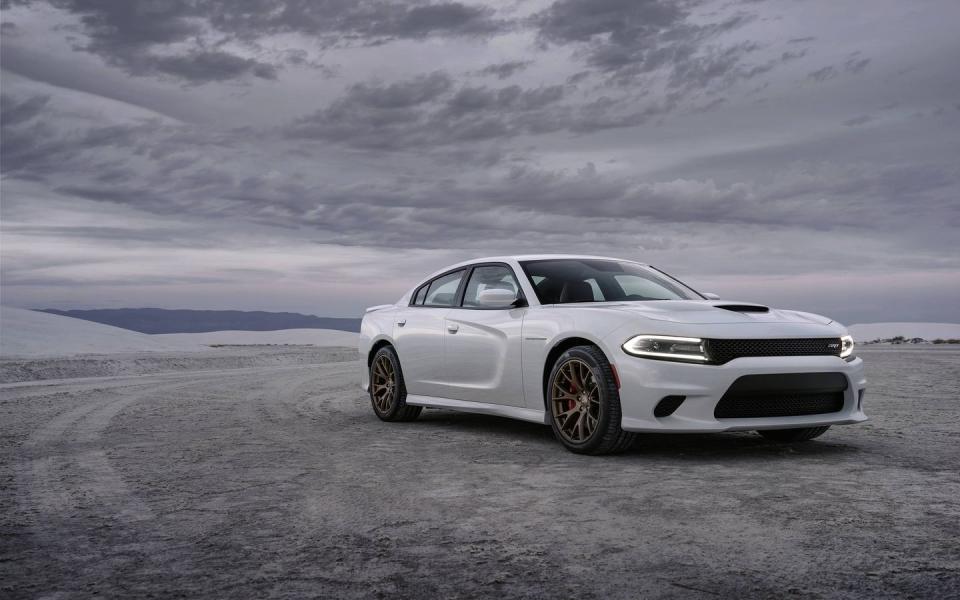
2023 Dodge Charger
Rounding out our list is the last year of the seventh-generation Charger. Building on the success of the re-introduced sixth-generation models, Dodge made a 12-year run with the seventh-generation muscle car, spanning from 2011 through 2023.
Undergoing a series of facelifts, the final years of seventh generation Charger are now historic in their own right. With the resurgence of Hemi V8 power in 2006, the 2023 model-year Charger is likely the final version to employ a series of Hemi V8s.
Dodge is wrapping up production on its final round of Last Call models as it ends a nearly six-decade era of V8 power. Nothing stays the same forever, but we'll certainly miss that throaty rumble as we move into a quieter future.


 Yahoo Autos
Yahoo Autos 